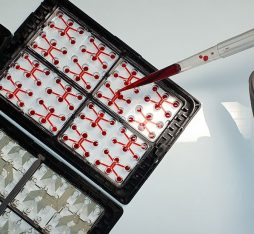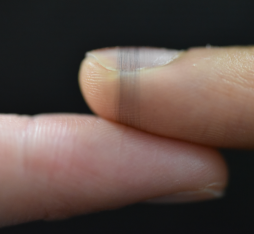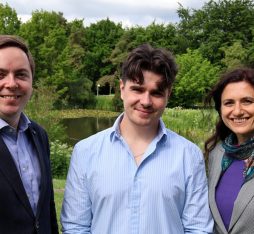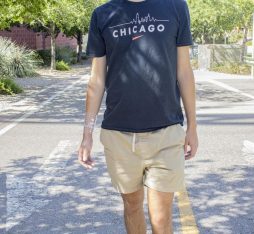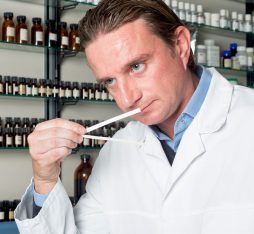• The neurotechnology start-up is currently conducting a clinical trial to validate the efficacy of a medical device that simultaneously stimulates the brain and gut using different light sources: LEDs and lasers in red and near-infrared spectrums.
• The helmet developed by the company could also be used for the treatment of concussion, a common injury in certain contact sports.
There is still no effective cure for Alzheimer’s, which affects 900,000 people in France, with almost 225,000 new cases every year. Montpellier-based start-up REGEnLIFE believes that light-based (PBM) could offer new hope to patients suffering from the progressive neurodegenerative disease. “We are developing a medical device consisting of a helmet and an abdominal belt, which stimulates cells using three light sources: LEDs and lasers in the red and near infrared (NIR) spectrums,” explains company CEO Patrice Cristofini.
At the heart of REGEnLIFE’s research is the hypothesis that mitochondrial function and inflammation can be positively affected by optical stimulation.
The helmet developed by REGEnLIFE is composed of 20 modules with small spikes designed for contact with the scalp. Each of the modules is composed of three light sources. “The advantage of our approach is that it is non-invasive. It also targets the intestine, because microbiota and intestinal toxins have been shown to play a role in neuroinflammation and Alzheimer’s disease.” The company benefits from scientific support from internationally renowned experts including eminent Alzheimer’s disease specialist professor Jacques Touchon.
An ambitious investment programme
At the heart of REGEnLIFE’s research is the hypothesis that mitochondrial function and inflammation can be positively affected by optical stimulation. “We believe that by helping mitochondria to regenerate, it can contribute to the regeneration of neuronal cells. At the same time, we are also hoping it will have a positive impact on the inflammatory aspect of the disease.” Patients testing the efficacy of the new device wear it for regular sessions of 20 minutes. “Our first clinical trial was halted because of the Covid-19 pandemic, but we have launched a new double-blind study to prove the effectiveness of tri-photonic photobiomodulation [stimulation using three light sources] on mild to moderate forms of Alzheimer’s disease.” The company will have to wait two years for the results of this latest trial, but it is already counting on raising five to six million euros this year, and a further funding round of 40 to 50 million before the end of 2025. The aim of the new investment is to finance further studies to evaluate the technology’s impact on depression and multiple sclerosis. “We’re also working on an AI to help doctors choose specific protocols for individual patients,” explains the entrepreneur. “However, right now, proving the efficacy of photobiomodulation remains our main focus. We have to bear in mind that we are developing a treatment and not just a device for prevention.”
Treating cases of concussion
The helmet developed by the company could also help patients to recover from concussion, a condition that represents a largely unmet medical need for which there are hardly any treatment options. The company, which conducted a small but “promising” study on 50 rugby players who had sustained the brain injury in late 2022, believes that tri-photonic stimulation will be of benefit to patients of this kind. “They were doing better within seven days, and we saw an improvement in balance and visual tests after only one session.”





